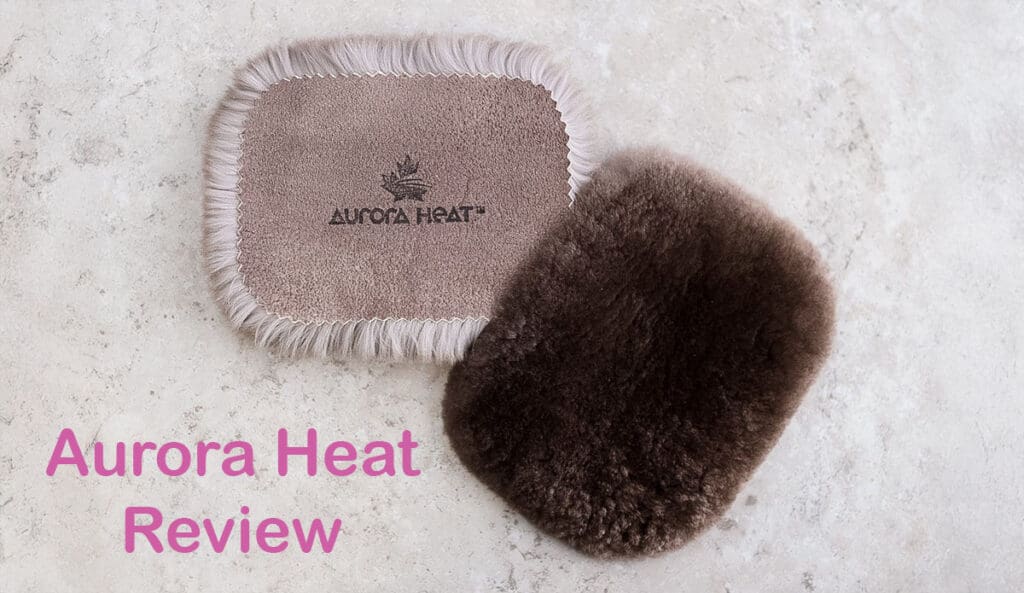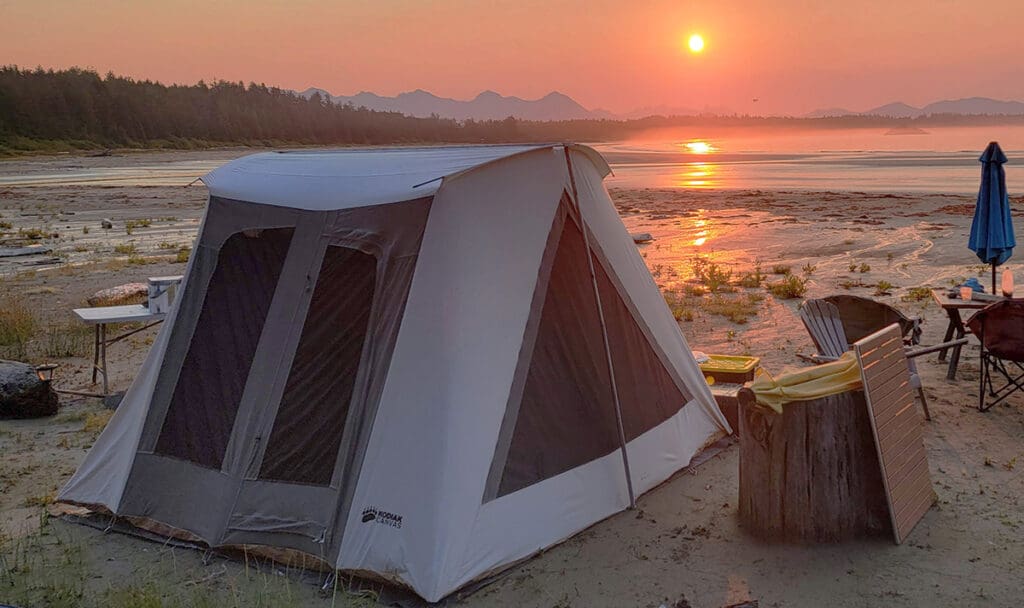What does it mean when someone tells you to “vote with your wallet”?
It’s an important phrase in this day and age, and yet I believe the power of voting with your wallet is far undervalued. Based on the way our system is set up, It’s one of the only ways that consumers can have a say in how society is shaped. The catch is, it needs the collective actions of many individuals for any meangful change to occur.
But, if done mindfully, we the people can enact a different idea of consumption altogether if we simply buy certain products more mindfully. And handwarmers just may be a prime example of that, as trivial as it sounds. But when you think about those who use single-use handwarmers regularly, the envioronmental costs add up.
Why Single-Use Handwarmers are Bad For The Environment
Love it or hate it, our economy is based on consumption. Many of the most successful corporations in the past 100+ years know this fact, and give us packaged food, toothpaste, and all kinds of other products meant to be discarded after consumed. This is a fact of our day and age and a result of the endless pursuit of profit. As such, the disposable hand warmer industry is actually big business: Current studies value the hand warmer industry at 1.45 billion, trending upward to be worth nearly 2.23 billion by 2033.
This would be all well and good if these were sustainable, but they’re not. Most use iron ore and are wrapped in plastic. For us, as a family trying to do our best to preserve this planet for the next generation, it’s a non-starter to have something you only use once — especially if you need to use it repeatedly. But thankfully, there is indeed another option.
Aurora Heat’s Solution: Reusable Fur Insulation
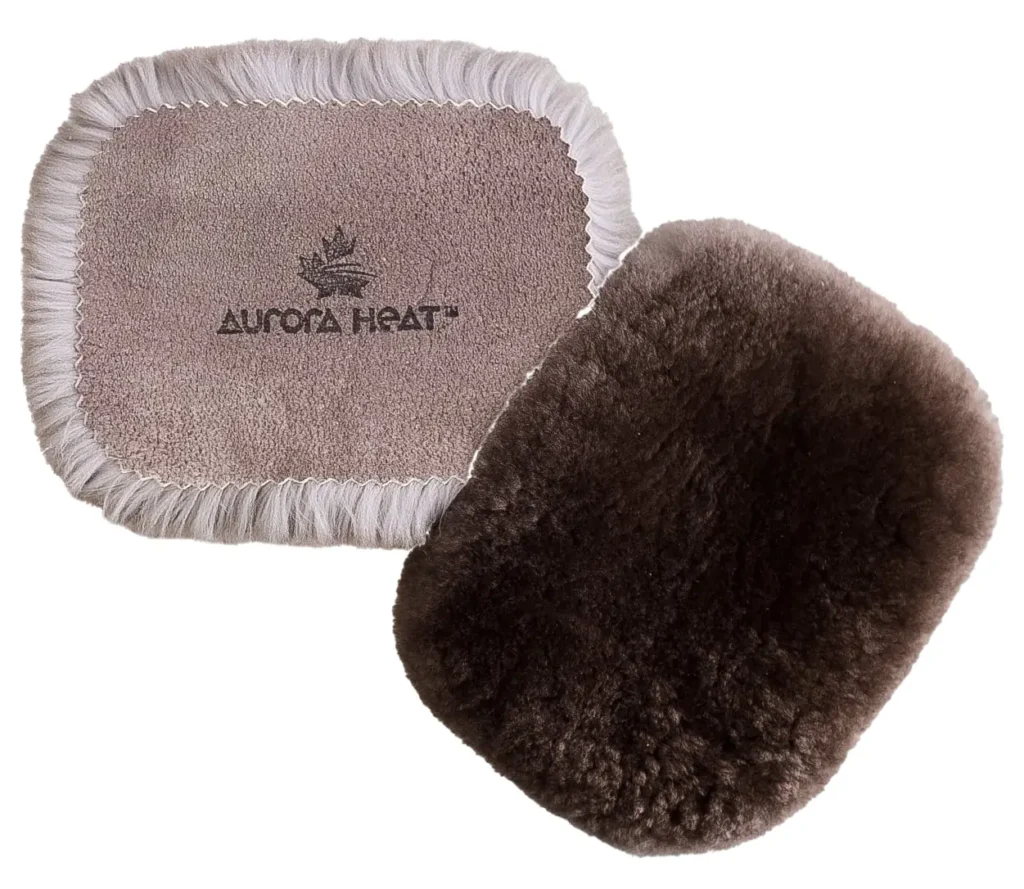
Aurora Heat sent us a sample test of their beaver-fur handwarmers to try out . And while the “heat” part of the name isn’t entirely accurate, there is some truth to it. The hands do, in fact, feel warmer after putting them in your glove or your pocket. But they don’t supply any heat other than reflect the heat you have in your own hands. So, a more accurate name might be insulators rather than warmers. However, if you look at the heat we supply within, the name can be understood a bit better.
That said, I don’t think you can find something more in sync with the circle of life than a pair of these. And that’s because these are made from only one material – beaver fur.
For those who don’t know (and we didn’t before learning it after reading up on it) beaver fur is not only one of the world’s best natural insulators, but it’s one of the most sustainable, as well. This might not be true everywhere, but these furs are harvested in the Mackenzie Valley in northern Canada under a program run by the government. It’s important to point out that beavers reproduce with litters, leaving more each generation if predators don’t take them out. Since human activity scares predators away, and beaver activity can severely impact how a watershed operates, there is a reasonable amount of culling that can take place without affecting the population.
While some people may lament this practice, the reality is that the environmental effects of beaver hunting are far less impactful than mining ore to use for one time. As long as the efforts are kept in check (and the GMVF fur program does so), then enough animals will replenish the ecosystem year after year.
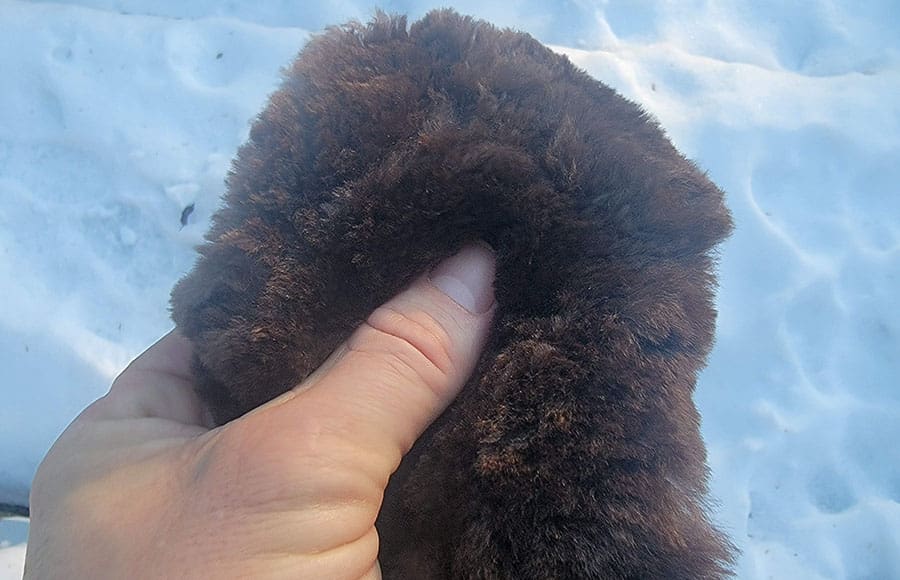
Fur Hunting: A Time Honored Tradition
The fur trade in Canada goes back centuries for the settlers. In fact, it’s one of the primary reasons Canada was settled by Europeans from coast to coast to coast, due to the efforts of the Hudson’s Bay Company, almost 200 years before Canada became a nation. But when you speak with the First Nations who were in the area for thousands of years before that, it has been happening long before recorded history.
The fur trade remains integral to the cultural identity and economic well-being of many communities in the Mackenzie Valley. For Indigenous trappers, beaver fur harvesting is not only a source of income but also a practice deeply rooted in tradition. Programs like the GMVF support these communities by providing access to markets, ensuring fair compensation, and promoting the cultural heritage associated with trapping. By choosing products made from locally sourced beaver fur, consumers can support sustainable practices that benefit both the environment and the Indigenous communities of the NWT.
Advantages to the Aurora Heat Handwarmers
Aurora Heat works, but they don’t supply heat. They kept our hands warm, with the caveat that we had good gloves as well. But the time for the hands to feel warmth accelerated compared to putting on cold gloves. The same was true for in the pocket.
The big differentiator here is the soft feel of the fur. It is truly some of the softest material you will ever touch, and we’re confident enough to say that and stand by it. We did not receive any compensation for this review and hold our ethics very seriously when we recommend products, and we can say that, without a doubt, these are softer than any disposable or even reusable electronic handwarmers you will ever try.
Speaking of reusable hand warmers, most of these are battery operated, meaning two things: it will expire quicker in colder temps, just when you need it most. You also have to put the battery somewhere, adding bulk to the unit.
So both single-use and reusable, battery-operated hand warmers won’t be useful longer than a few hours, especially when it’s really cold out. I don’t know about you, but if I’m stuck out in the cold with some type of emergency situation and one of those is rendered useless, I’d be pretty bummed that I didn’t have one that didn’t require anything other than its own natural insulating properties.
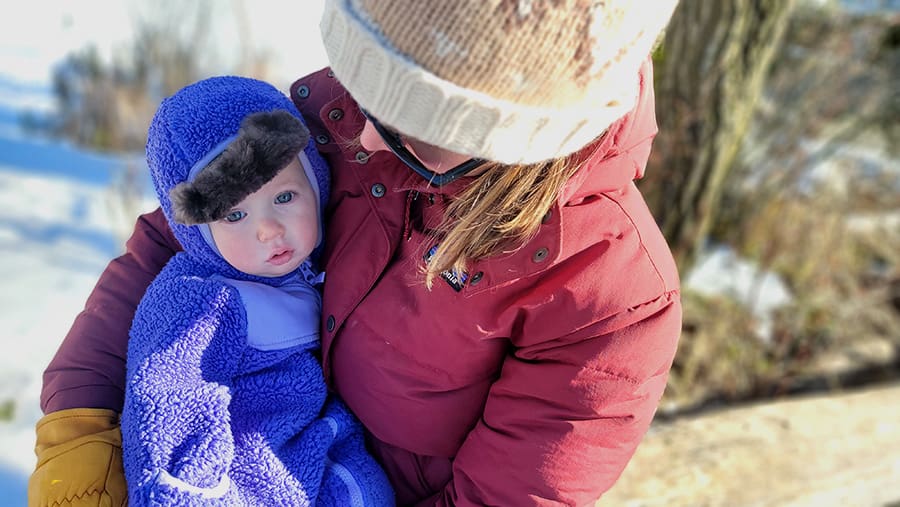
Disadvantages to Aurora Heat
The main thing that is hard to overlook is the price. At $80, It’s an investment with an upfront cost. But depending on how often you will use them, that investment pays off quickly, considering you get 24/7 warmth without needing to charge it or buy more.
Also, since it doesn’t actually provide any heat, it’s probably not the best to use in a situation where you are dealing with frostbite. For that it would be good to have another heat source. Surely it would help more than if you had nothing… but for emergencies it might be good to have something that actually emits heat onhand.
Final Thoughts
Aurora Heat is an investment in sustainability. As a business owned by an Indigenous woman, you are making a direct effect on the livelihoods of people up north who can find work sharing the abundant beaver furs with the world, and not have to rely on a job that involves resource extraction or any other destructive vocation that is prevalent up north.
So to tie it back to the original statement, purchasing Aurora Heat is voting for sustainability through your purchasing power. It’s not a “warmer” per se, but rather an insulator, but a darn good one, as a matter of fact. So, if you want to have a natural product from an Indigenous-owned small business from Canada’s North that will last for many years, this is a wise purchase.
And seriously, the softness is next level.

